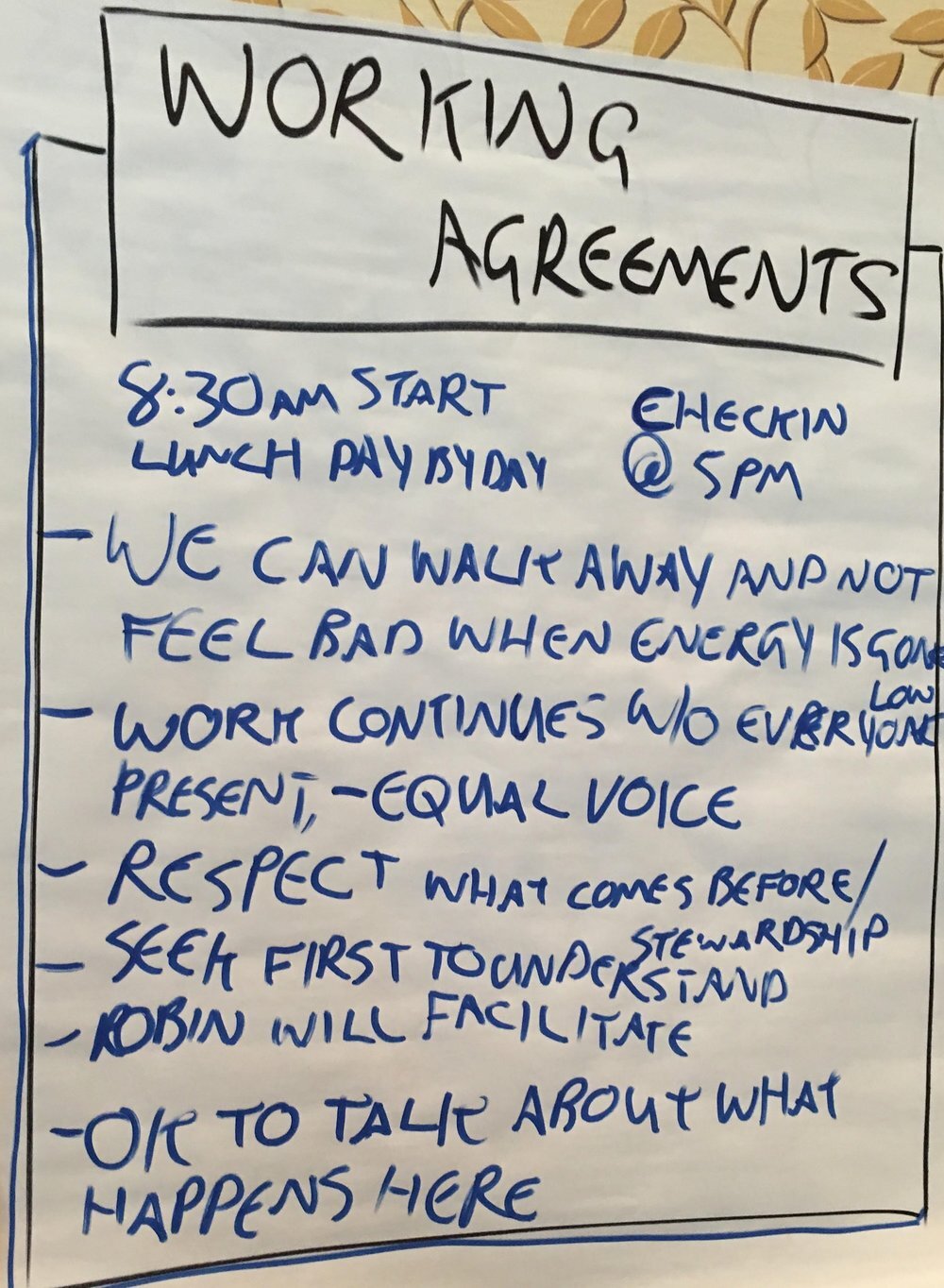The Art of Teaming, Part 2
In Part 1 of this blog series, I discussed the stages of team development (forming, storming, norming, performing and adjourning) and how important it is for healthy teams to experience each of these stages. As an example, I discussed a Scrum team I was a member of recently, which was made up of trainers and coaches from the Scrum Alliance®. Today, I will discuss the importance of addressing dysfunction to ensure team health, using that same Scrum team as an example.
It was the best of times; it was the worst of times…or so goes the famous Charles Dickens’ opening. Working with teams can feel the same way. It has moments of highs as we achieve together more than we could ever dream of achieving on our own, but also low points when we struggle as dysfunction emerges. Successfully working in teams means being able to successfully deal with dysfunction...and there was plenty of dysfunction that we had to deal with on our Scrum team.
One approach we used to deal with our dysfunction was to create a set of working agreements that all team members agreed to be accountable to. Working agreements are created by a team at the start of their time together – usually when they are not yet under pressure or experiencing dysfunction in any major way. These agreements are a proactive approach to address team dysfunction. Working agreements are created when times are good for the team to fall back on when times become more challenging. Working agreements continue to evolve over time as the team adds, removes and adjusts the agreements to reflect their current situation. Our team’s working agreements included:
Our daily schedule and check-in times
What to do when our energy wanes
Work continues without everyone present
No one person’s voice outweighs another
The stewardship of ideas
Seek first to understand
Who will fill the role of facilitator for the team
What’s ok to communicate outside of the team
To generate this list our facilitator simply asked the team at the start of our time together what working agreements we felt were important to have as a team. We brainstormed a list of items important to each of us and agreed as a team on each item individually as well as on the list as a whole.
Having this set of working agreements helped the team work well together as it brought an overall awareness of things, such as our tendency to bring our own ideas forward before another’s idea has run its course – represented by the working agreement to “seek first to understand”. Having start and end times in our working agreements removed ambiguity and brought consistency to the expectations of our time together. Teams often find that having a set of core hours (ie. times when all team members are available during the day) is helpful for scheduling Scrum events and to know when other team members are available for collaboration and discussion.
Team working agreements are also helpful when bringing new team members up to speed. We had team members join our team mid-way through our Sprint so one of the first things we did was to review the team working agreements with them. We confirmed their understanding of the working agreements, and asked if there was anything else they felt was important to have represented in the working agreements. Doing so turned out to be an excellent way to quickly get everyone on the same page and ready to contribute to the work of the team.
The second approach we took to address team dysfunction was more reactionary and involved team members calling out the dysfunctions as we encountered them, often during the Daily Scrum. Clear working agreements established ahead of time gave each of us confidence to call out dysfunction as it was observed. Not only was this expected of us as team members, it was ultimately for the benefit of the team.
Through the week, our team of trainers and coaches encountered several more common dysfunctions that teams encounter on the way to becoming high-performing. These included:
A distributed team spanning two time zones 8 hours apart
Changes to team membership during the sprint
PO who was also a team member, which introduced bottlenecks getting our work accepted
Synchronizing work between the two locations of our distributed team
Exceeding time-boxes
Quiet talkers during the Daily Scrum
By collaboratively creating working agreements and addressing dysfunctions as they arose, the team grew stronger together and more able to accomplish our goals.
What strategies does your team use to address dysfunction? I’d love to hear about it. Leave a comment below.
Stay tuned for Part 3 where I discuss more practical ways to set your team up for success!
Edit 2023: Erkan has teamed up with Scrum Alliance to create a phenomenal resource! Click the link to experience Working Agreements That Work

